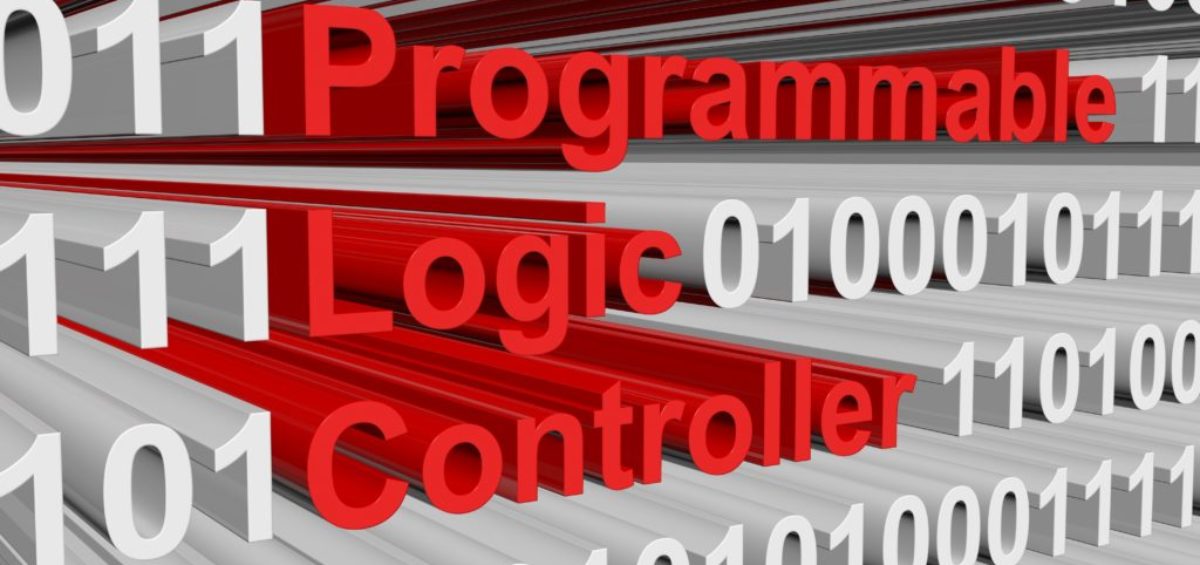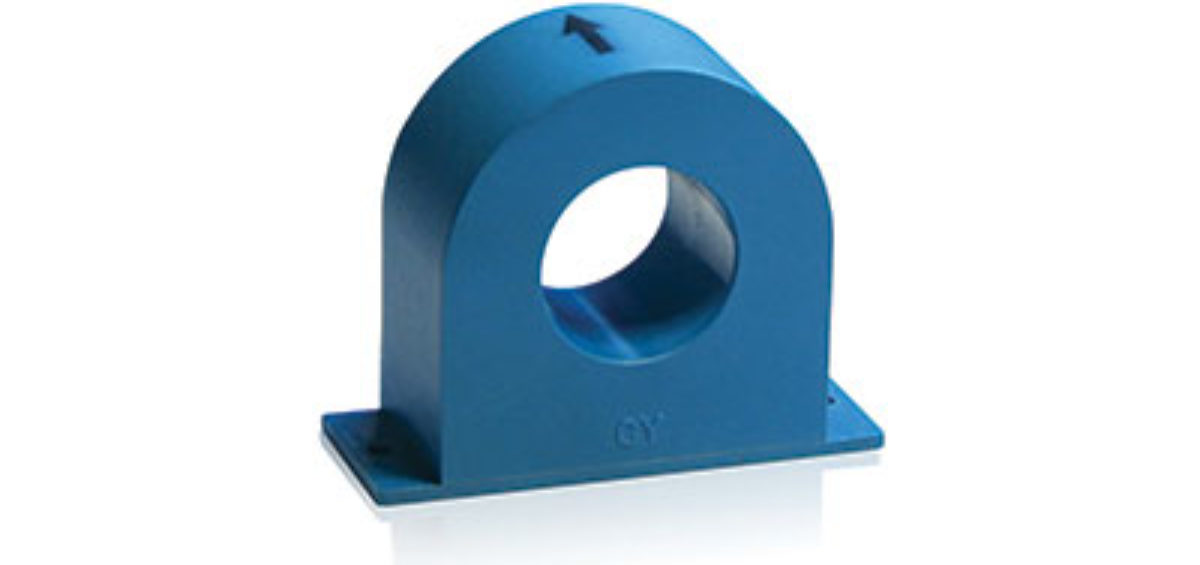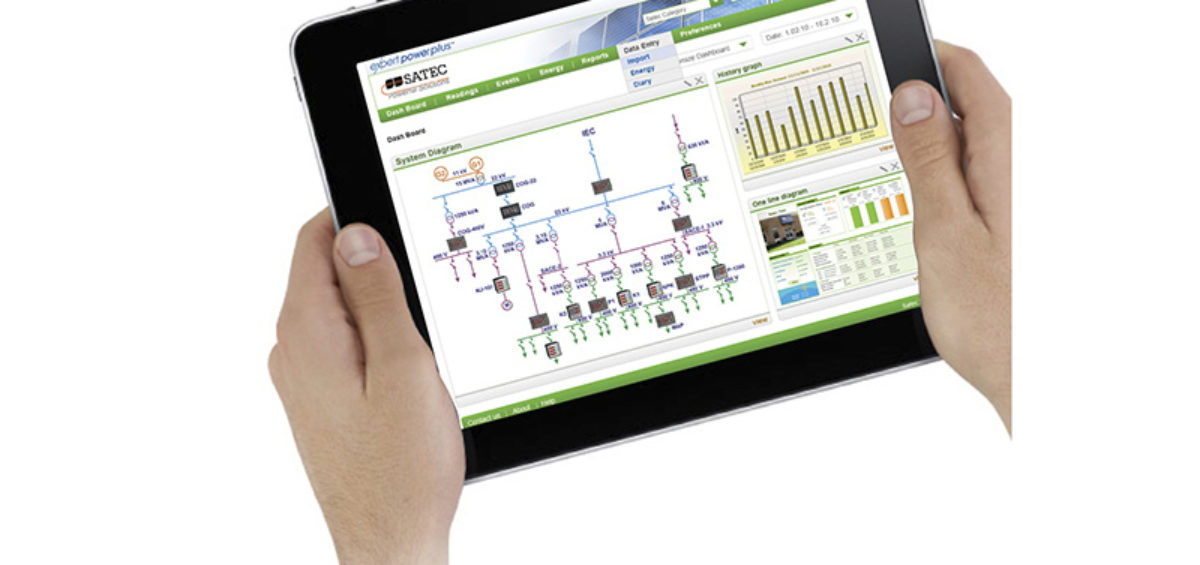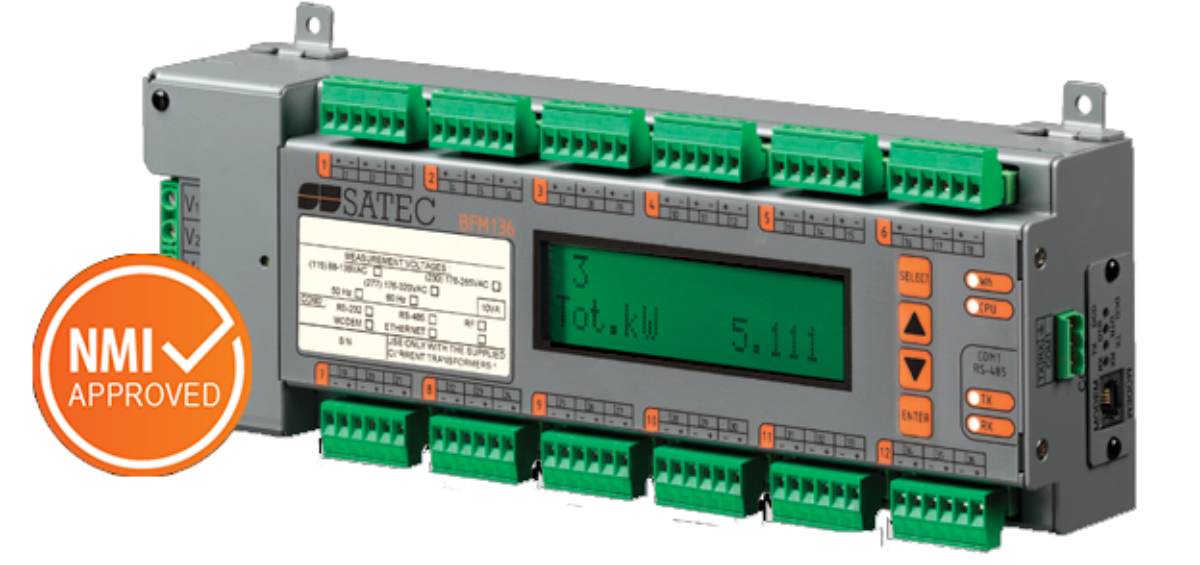Days of analogue instruments are fading, as is the use of ‘pulse only electrical meters’, or to the lesser extent, real-time-meters without internal memory and an internal clock. The evolution of multi-function electrical meter sees a wide gap in technology by vendors.
Blog
SATEC’s continued advancement in metering technology introduces the next generation of a modular multi-circuit branch feeder metering for energy and load management.
SATEC’s continued advancement in metering technology introduces the next generation of multi-circuit branch feeder metering for energy and load management.
Continued advancements in technology and functionality are the boundaries that SATEC continue to pursue with energy metering solutions.
SATEC’s range of current transformers, referred to as High Accuracy Current Sensors (HACS), are designed for flexibility for new and retrofit applications for energy metering.
Are you managing your Energy Metering assets? Do you manage your Metering assets manually? Can you retrieve asset information from meter display?
Can you rely on the integrity of your electricity billing software? Is your billing software occasionally missing data that has to be approximated or averaged?
Many sceptics thought it was impossible to achieve NMI Approval for a Multifunction Electricity Meter designed in a compact DIN rail footprint. In fact many doomsday forecasters predicted electrical switchboard enclosures, distribution boards, riser/cupboard spaces for multifunction metering would have to be increased in size to accommodate larger electrical metering to be in compliance for Energy Meters per NMI M 6-1.
SATEC (Australia) are the first manufacturer and supplier of NMI approved current transformers for use with their SATEC BFM136 Branch Feeder Monitor.
SATEC continue to set the standard in Energy Metering design with the release of the NMI Approved BFM136 Multi Circuit Meter, suitable for use on multiple electrical circuits.









